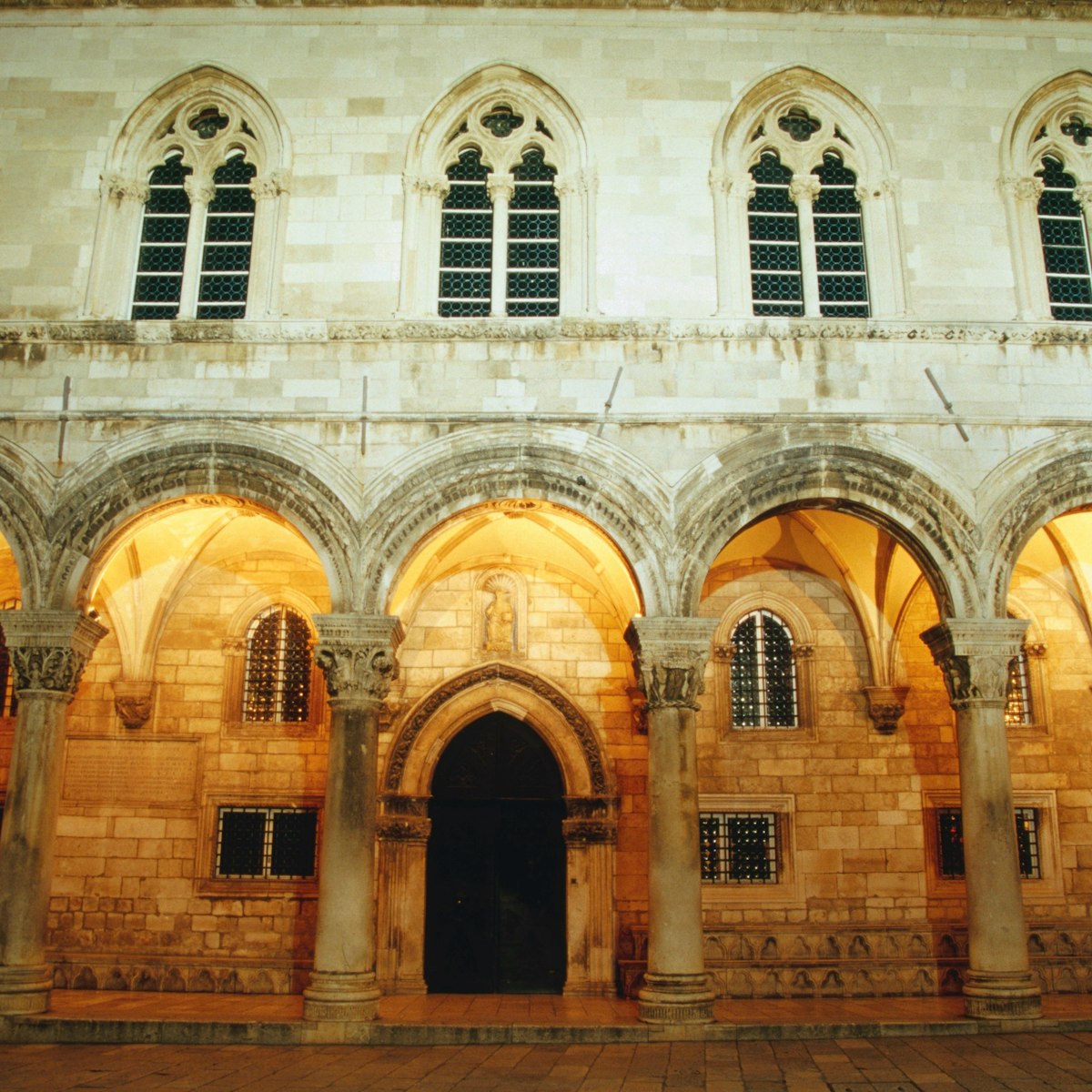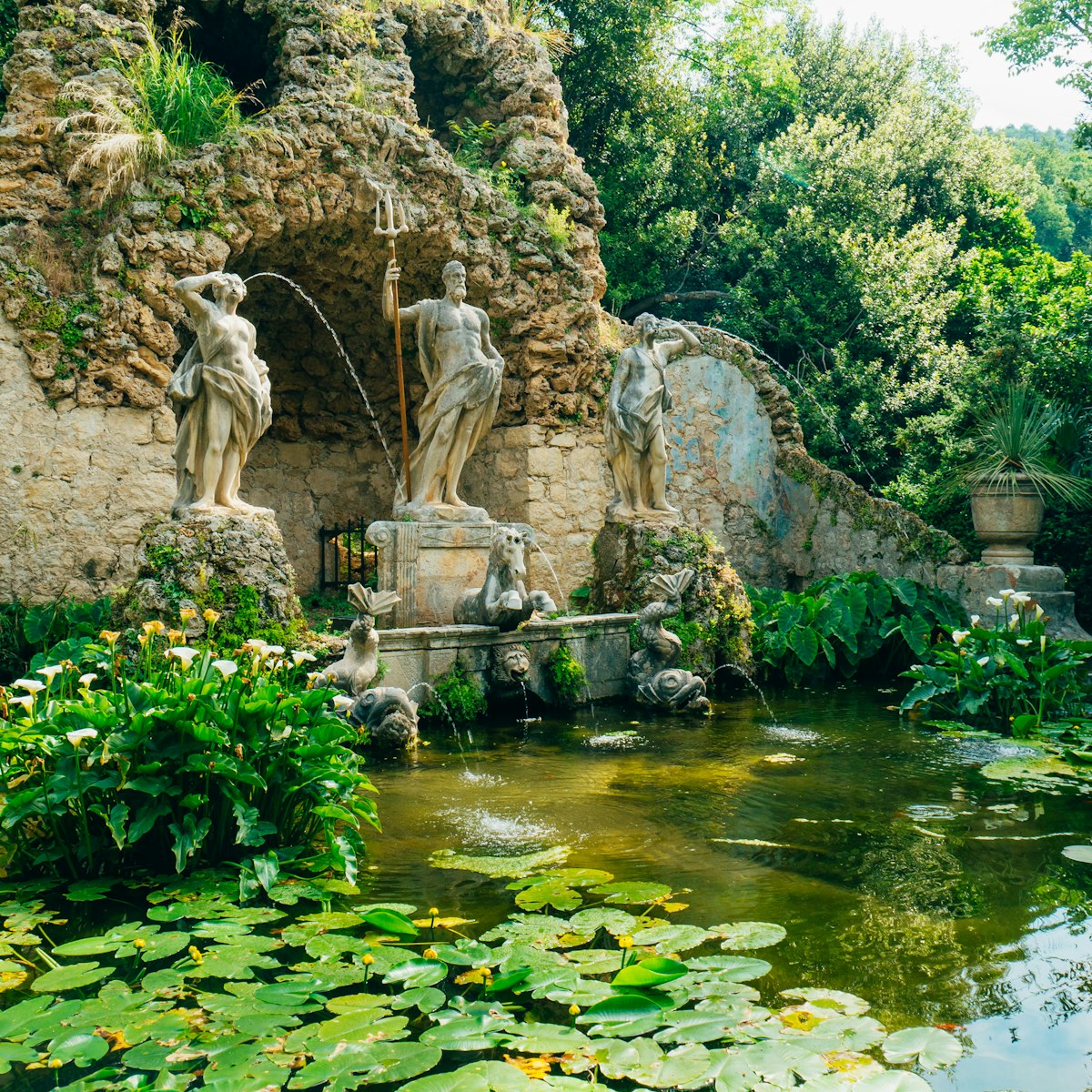Within this monastery's solid stone walls are a gorgeous mid-14th-century cloister, a historic pharmacy and a small museum with a collection of relics and liturgical objects, including chalices, paintings and gold jewellery, and pharmacy items such as laboratory gear and medical books.
Before you head inside, stop to admire the remarkable piet√Ý over the church door, sculpted by the local masters Petar and Leonard Andrijiƒá in 1498. Unfortunately, the portal is all that remains of a richly decorated church that was destroyed in the 1667 earthquake. Its baroque replacement is adorned with ornate altars capped with large paintings.
Access the cloister and the museum via the small passage between the monastery church and St Saviour's church. The cloister is one of the most beautiful late-Romanesque structures in Dalmatia. Notice how each capital over the incredibly slim dual columns is topped by a different figure, portraying human heads, animals and floral arrangements. At the centre is a small square garden that’s shaded by orange and palm trees.
Further inside is the original location of the third-oldest functioning pharmacy in Europe, which has been in business since 1317. It may have been the first pharmacy in Europe open to the general public. The room is now part of the monastery's museum, with pharmacy displays taking up one wall and the rest filled with religious artefacts and art. Highlights include a large painted altar crucifix by Blaž Jurjev Trogiranin (1428) and Vlaho Bukovac's The New Ring (1892), one of a handful of secular pieces in the collection.
Moved from its first location several times, the present-day pharmacy sits just before the museum ticket desk by the monastery entrance.







